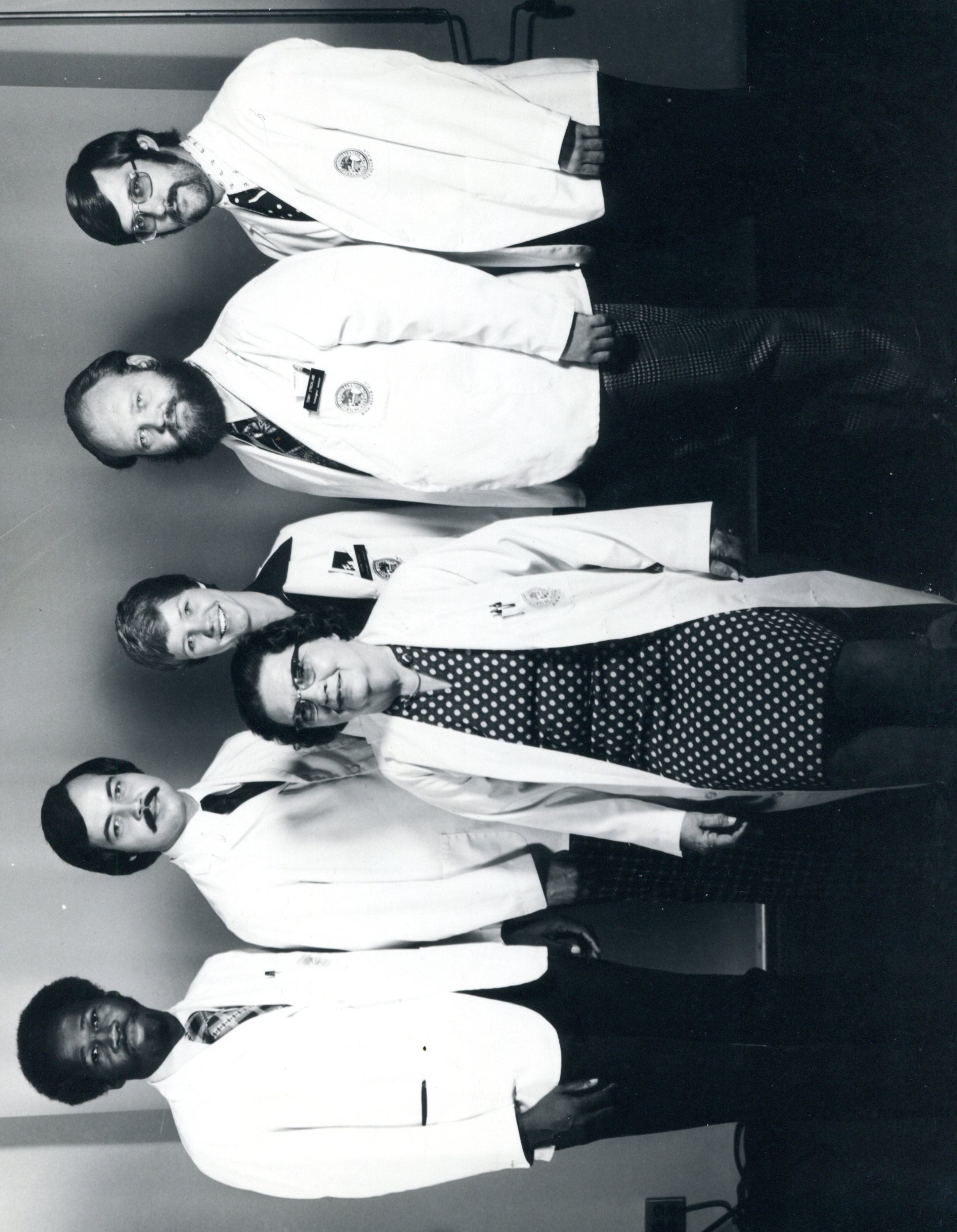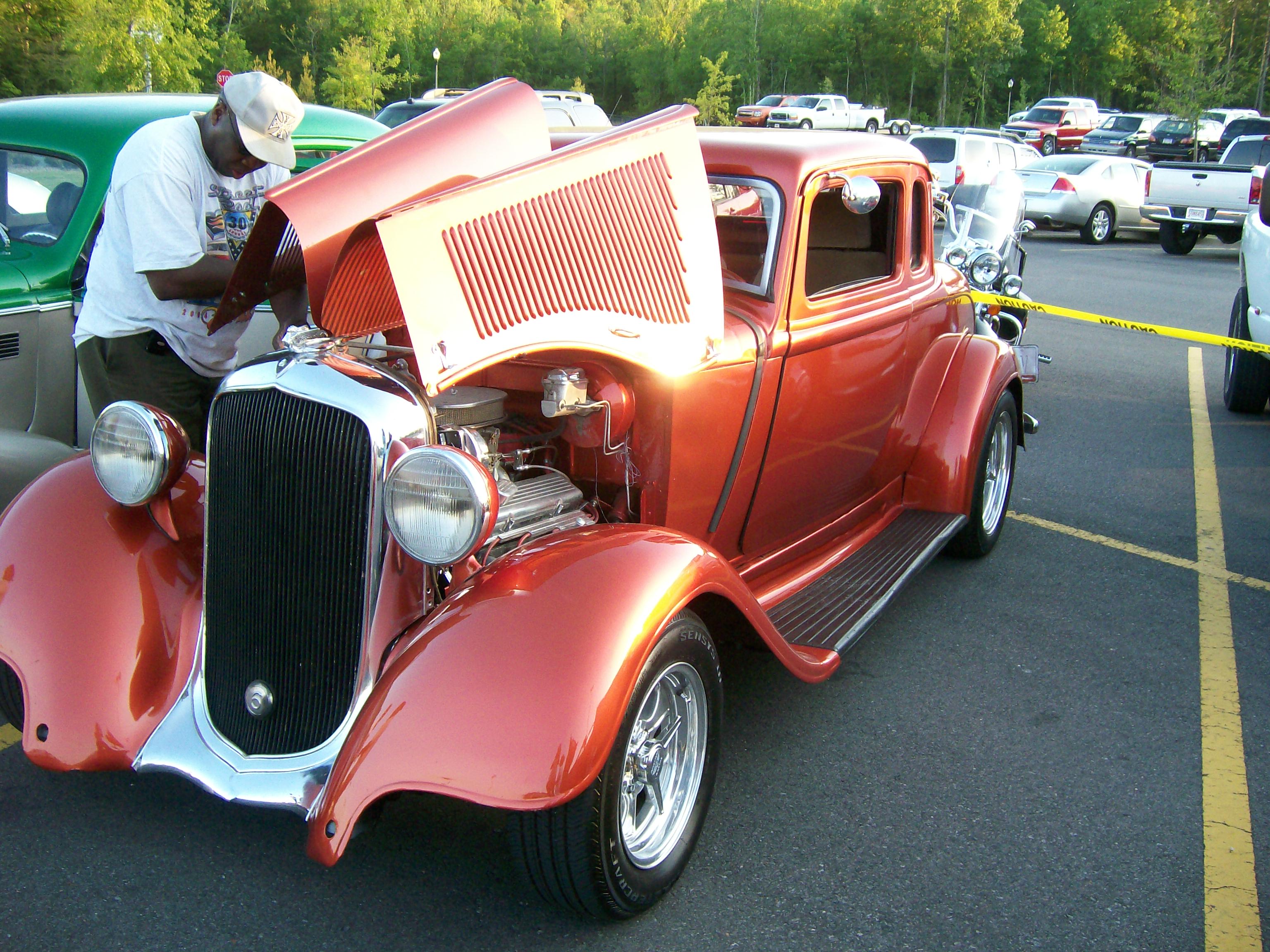By Christina Crowe
For more than 45 years, Thurman Richardson has worked with the recently departed, serving as a liaison between the doctors and nurses who cared for them in their last moments of life, and their families.
Richardson, Technical Director for the UAB Autopsy Service and the Office of Decedent Affairs, is one of UAB Medicine’s longest serving employees, and some might say has one of the most unique jobs in the health system. He refers to what he does as, “practicing compassionate care.”

A pathology assistant by training, Richardson has served in an administrative role since 1989, and has worked at UAB Pathology with the autopsy service since his days as a student at UAB.
Richardson was an undergrad at Lawson College who needed money to pay for tuition. Some friends who worked in the department as morgue attendants got him a job doing the same. Rather than being deterred by death, Richardson found it fascinating, he says, using an analogy of batteries powering toys.
“Toys run out of batteries,” he says. “I used to look at human beings living 70 or 90 years without a battery and think, ‘how does that work?’ I wanted to know how a human being could keep functioning for so long.”
He started as a morgue attendant while studying for a bachelor’s degree he completed at UAB while working in the morgue. While studying and working, he found cardiovascular function most interesting. Ultimately, he pursued a pathology assistant degree, attending a training program at UAB’s School of Allied Health. The program, initiated by UAB and the Birmingham Veterans Administration Hospital in 1968, was directed by Dr. Beulah Hathaway. Richardson graduated in 1975.
 Thurman Richardson, left, with the Pathologists' Assistant Program in 1975. Next to him (L to R) is Daniel Avery, Beulah Hathaway, Susan Pitts, Terry Strickland, Stephen Koopmeiners
Thurman Richardson, left, with the Pathologists' Assistant Program in 1975. Next to him (L to R) is Daniel Avery, Beulah Hathaway, Susan Pitts, Terry Strickland, Stephen Koopmeiners
Now, 46 years into his career here, Richardson looks back fondly on the many changes and advances that have been made during his tenure. He has worked for five different department chairs: Drs. Charles Lupton (1961–1975), Jack Geer (1975─1990), Jay McDonald (1990–2008), Kevin Roth (2008─16), and now George Netto.
“Dr. Geer enjoyed anatomic pathology and doing autopsies,” Richardson recalls. “I acted almost as his resident and did a lot of autopsies with and for him.”
Geer was interested in atherosclerotic heart disease, and under him, Richardson earned a promotion as cardiovascular technician. Once, while working the evening shifts after class, a patient’s heart needed immediate prep for further examination, and Richardson was the only person available. He assisted with that work, leading to the promotion.
What We Can Learn From Autopsy
Richardson says there are many misconceptions by the lay public about pathology in general and autopsies in particular. Of note, he says, is the concept that an autopsy will always reveal the cause of death.
“We have to rely on the medical history to make a confident determination,” he says. “We can’t address the clinical treatment the patient received—we only have their chart to go by. We try to get the latest records leading up to death, but also a past medical history, looking for information on predisposing information.”
He points out the distinction between autopsies in anatomic pathology and forensic pathology. The focus of the latter is cause and manner of death, he says, whereas, “in our process, we study disease. It leads more to teaching and research. There are many diseases that have been ultimately conquered through autopsies. We’re accustomed to examining everything.”
UAB’s autopsy service is staffed by, Paul Benson, M.D., Associate Professor and section head in conjunction with other pathology faculty, Alex Feldman, M.D., assistant professor, Silvio Litovsky, M.D., professor, Virginia Duncan, M.D., assistant professor and Stephanie Reilly associate professor.
Richardson acknowledges the stigma often associated with death. “We used to have a little slogan, ‘Don’t bury the truth,’” he recalls. With the advent of DNA testing I believe autopsy is being seen in a more positive light than perhaps it was in the past.”
He notes that COVID has brought changes to the autopsy suite: UAB is one of the state’s unique hospitals with the capacity to examine COVID-positive bodies, in a negative airflow suite and with specialized, self-contained airflow suits worn by the examiners. The practice of compassionate care, “has been made tougher by COVID,” Richardson says. Family members who normally would be allowed to visit in the Decedent Affairs area are currently unable to do so, due to regulations on visitors to clinical areas.
“His value to UAB and to me during the COVID-19 pandemic has been unmeasurable,” says Paul Benson, M.D., Associate Professor, Anatomic Pathology and Autopsy Section Head, who has worked with Richardson since joining UAB’s faculty in 2019, through the pandemic. “Thurman’s calm leadership made it possible for everyone on our service to deal with the challenges that 2020 and 2021 have brought. I truly appreciate his mentorship and comradery.”
Richardson acknowledges times have changed in his four-plus decades on the job, noting the recent retirement of UAB Health System CEO Will Ferniany, Ph.D., as one of many transitions he has experienced during his career.
“My mom said, ‘When it’s time to go, you’ll know.’ I do love what I do, and will work as long as I am needed and am relevant. Forty-five years is more than half of my life. I do think it gives you an idea of the work ethic of our generation.”
Not one to sit idle, Richardson has active plans for his retirement, whenever it comes. “Church, the community, and helping people—I’d like to put more time into that,” he says. He has three adult children and three grandkids, who are “the joy of my life.” They take an annual trip together (another thing impacted by COVID, as they were unable to do so the last two years) and hope to resume this year. His other love includes restoring vintage vehicles: he owns a 1933 Plymouth Coupe and a 1962 Chevrolet Impala. His latest hobby is a focus on sewing, a skill he learned from his mother and her mother before her. Richardson says he would like to learn auto upholstery to, “fix up his own cars.”

Whenever he does retire, Richardson’s legacy of leadership, compassion, and care will not soon be forgotten.
“Fulfilling the duties of Director of Decedent Affairs and Autopsy Technical Director requires a uniquely qualified individual. From my time working with him, I can advise that Mr. Richardson fits his role perfectly,” Benson says. “It is clear to me that his passion for his job stems from his desire to help the families of the deceased through a most difficult time.”